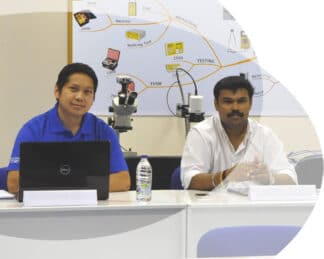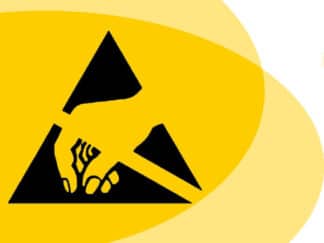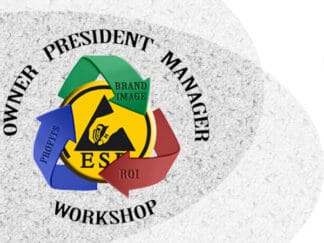For years, IPC-A-600 has set the standard for PCB workmanship quality with its comprehensive acceptance criteria for target, acceptable and nonconforming conditions on bare printed boards. PCB manufacturers and assemblers alike rely on this internationally recognized document to improve their understanding of printed board quality issues as well as help enhance communication with their suppliers and customers. This makes IPC-A-600 one of the most widely used standards ever published by IPC, and a natural choice for certification.
Topics Covered in the IPC-A-600 Endorsement Program
- Printed board product classifications and acceptance criteria
- Base material surface and subsurface conditions such as measling/crazing
- Solder resist coverage over conductors and registration to lands
- Conductor width and spacing and annular ring requirements
- Dielectric material criteria for etchback, voids, and resin recession
- Plated-through hole requirements for copper plating thickness, voids, nodules and cracks
- Acceptance criteria for flexible, rigid-flex and metal core printed boards
- Skills for teaching the lesson plan effectively






